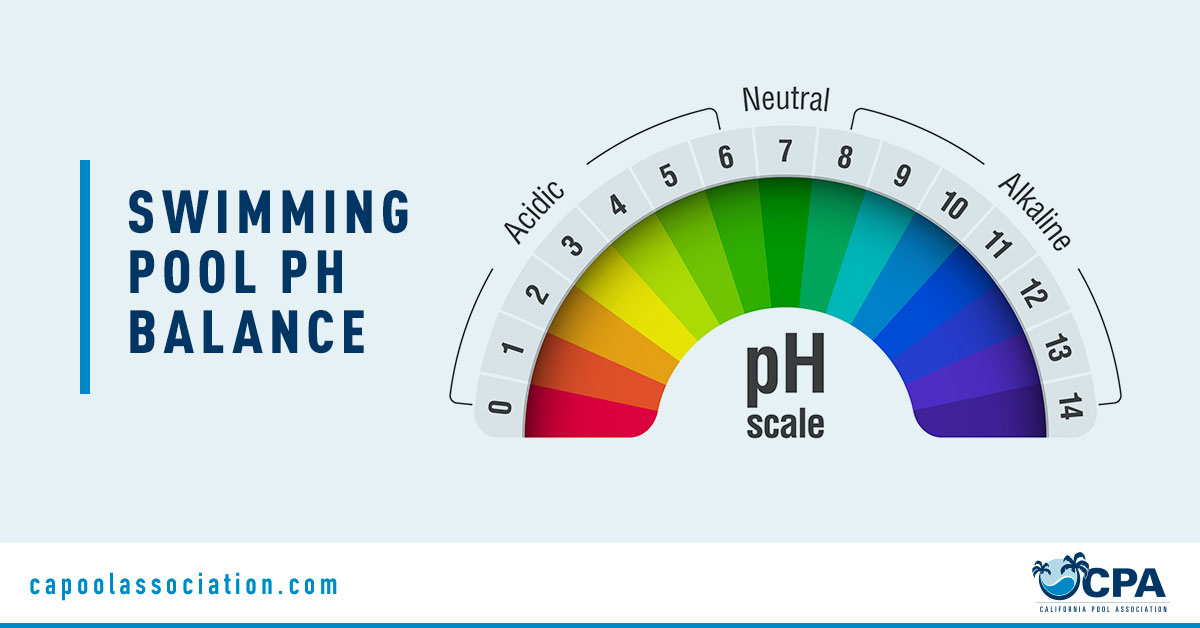
It’s important to note that the ideal pH level for swimming pools is between 7.2 and 7.8, the same range as our body’s pH level.
When a pool’s pH level goes over 7.8, it is considered to be alkaline and a high pH level in the pool is dangerous for swimmers. Sanitizing chemicals as well as chlorine, will not be able to effectively do their jobs, bacteria will flourish and the water will become cloudy. Scaling also will be seen on the sides of the pool, showing that the pH is out of balance.
But if a pool’s pH level dips below 7.0, the pool becomes acidic and metals around the pool can corrode. More importantly, the water can then cause skin irritation and burning in the eyes if they are opened under water. Same as alkaline pool water, chlorine and sanitizing chemicals are ineffective.
Every chemical that is used on the pool can affect its pH balance. For example, granulated or liquid chlorine will raise the pool water’s pH while acidic cleaners like chlorine gas will lower the pH level.
These chemicals are used in a few parts per million and the changes will not be drastic and it is important to keep this in mind when trying to balance a swimming pool’s pH level.
It is expected that the pH levels on pools are going to be altered naturally. When a swimming pool is not being used, the carbon dioxide in the air will be dissolved into the pool water which will then form carbonic acid that lowers the pH. Swimming and splashing breaks up carbon dioxide which causes the pH to rise.
Algae also raises the pH level because it consumes carbon dioxide. If left unchecked, algae can raise the pH level of a pool well over the safety level.
Other factors, such as the sudden rise in temperature due to a pool heater or warmer weather, can cause the water’s pH level to go up.
Testing a pool’s alkaline or acid level is easy and straightforward when using a test kit and strips. All you have to do is follow the instructions and keep these helpful tips in mind:
And the best advice for your clients is to remind them that the best way to keep their swimming pool ready for their relaxing swim is to hire a professional pool service. It is a simple task that will save your clients’ money in the long run and needless headaches.
Want to know more how California Pool Association can help your business? Contact us now!